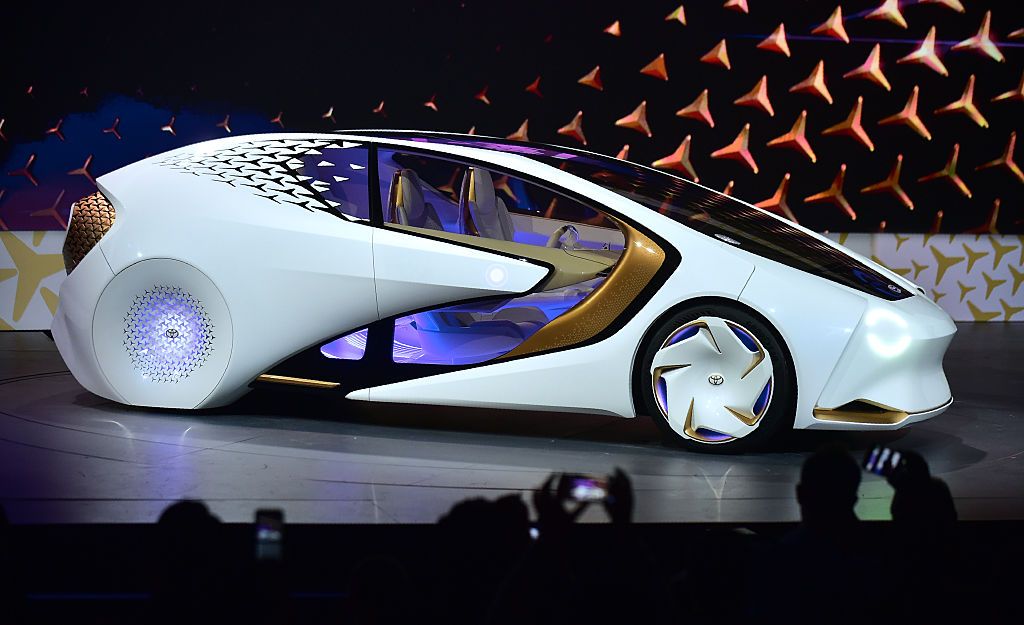I wrote about Chevrolet's rear-air-cooled-engine Corvair here, mentioning in passing that there was a coupé version. (For more detailed information about Corvairs, link here.) In this post, I want to go into more detail on the first-generation (1960-64) coupé.
Corvair coupés came in three varieties. There was an entry-level model 500 that sold in modest numbers (usually around 16,500 in the USA) each year. Above it was a model 700 that sold 35,500 at first, falling to 12,800 in 1963 before being dropped from the lineup. The best seller was the Monza 900, a sporty version whose sales peaked around 152,000 in 1962. The Monza name (from a high-speed Italian track) was strong enough marketing juice that it was used on Corvair sedans starting in 1961 and on convertibles beginning in 1962.
Corvair coupés of all types were marginally practical in terms of passenger space. The driver and the passenger seated next to him did well enough, but the back seat was basically for youngsters. I remember when one of my fellow commercial art students gave some of us a lift in his new Monza and it was extremely cramped in back.
Setting the stage, here is a 1960 Corvair four-door sedan, the basis for the coupés.
A General Motors publicity photo of a 1961 Monza. This was done in a studio. Note that the background appears to be a backdrop painting. The "snow" seems granular and fake.
Brochure image of the entry level 1962 Corvair Club Coupe. It is virtually free of chrome trim.
Side view of a 1960 Monza (Mecum Auctions photo). This shows how cramped the rear seating was. I am not sure why the passenger compartment couldn't have been extended a little farther towards the rear. The aft end of Corvair sedan roofs were slightly to the rear of the rear axle line, so a more curved Monza roof could have extended that far back as well.
Rear 3/4 view of the same car 1960. This photo and the one above suggest to me that the short greenhouse negatively affected the Monza's proportions: the bustle-back is too long.
Publicity photo of a 1962 view of a coupé. The shoulder level character line seems too static, even on a smaller car such as this. Even from this flattering angle, the greenhouse seems too short.
I wrote about Chevrolet's rear-air-cooled-engine Corvair here, mentioning in passing that there was a coupé version. (For more detailed information about Corvairs, link here.) In this post, I want to go into more detail on the first-generation (1960-64) coupé.
Corvair coupés came in three varieties. There was an entry-level model 500 that sold in modest numbers (usually around 16,500 in the USA) each year. Above it was a model 700 that sold 35,500 at first, falling to 12,800 in 1963 before being dropped from the lineup. The best seller was the Monza 900, a sporty version whose sales peaked around 152,000 in 1962. The Monza name (from a high-speed Italian track) was strong enough marketing juice that it was used on Corvair sedans starting in 1961 and on convertibles beginning in 1962.
Corvair coupés of all types were marginally practical in terms of passenger space. The driver and the passenger seated next to him did well enough, but the back seat was basically for youngsters. I remember when one of my fellow commercial art students gave some of us a lift in his new Monza and it was extremely cramped in back.
Setting the stage, here is a 1960 Corvair four-door sedan, the basis for the coupés.
A General Motors publicity photo of a 1961 Monza. This was done in a studio. Note that the background appears to be a backdrop painting. The "snow" seems granular and fake.
Brochure image of the entry level 1962 Corvair Club Coupe. It is virtually free of chrome trim.
Side view of a 1960 Monza (Mecum Auctions photo). This shows how cramped the rear seating was. I am not sure why the passenger compartment couldn't have been extended a little farther towards the rear. The aft end of Corvair sedan roofs were slightly to the rear of the rear axle line, so a more curved Monza roof could have extended that far back as well.
Rear 3/4 view of the same car 1960. This photo and the one above suggest to me that the short greenhouse negatively affected the Monza's proportions: the bustle-back is too long.
Publicity photo of a 1962 view of a coupé. The shoulder level character line seems too static, even on a smaller car such as this. Even from this flattering angle, the greenhouse seems too short.


















EmoticonEmoticon